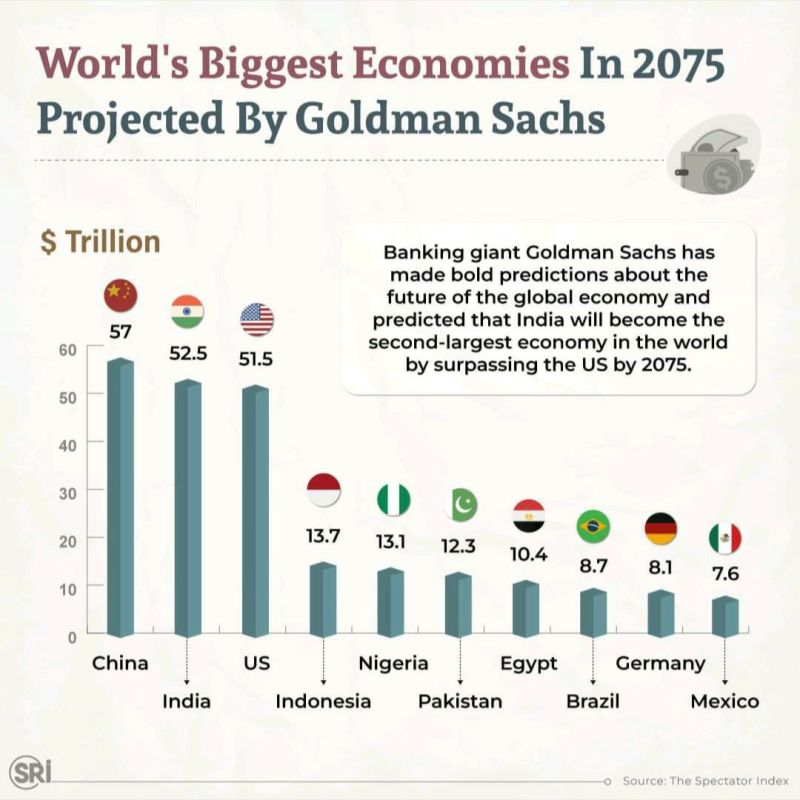The Chinese economic climate stands at a pivotal juncture. Decades of dynamite, export and investment-driven development drove it to come to be the globe's second-largest economy. Nonetheless, significant headwinds-- a maturing population, high financial debt degrees, geopolitical rubbing, and the crucial for lasting growth-- demand a fundamental transformation. Charting its future trajectory over the next 10-20 years needs taking a look at the interaction of deep architectural challenges, critical passions, and prospective pathways.
The Mounting Obstacles: Architectural Shifts and Headwinds
- Group Inversion: China faces among one of the most fast market transitions in history. A shrinking working-age population, a swiftly maturing culture, and a decreasing birth rate intimidate the standard engine of bountiful, affordable labor. The dependency proportion is set to rise, straining pension systems, healthcare sources, and overall productivity development. This basic change necessitates massive rises in automation and per-worker efficiency merely to preserve outcome, let alone expand.
- Financial Debt Overhang and Financial Security: Years of credit-fueled investment, particularly in realty and city government infrastructure, have produced a considerable financial obligation concern. The property sector crisis, a major vehicle driver of development and house wide range, exhibits the vulnerabilities. Managing this financial obligation without activating an extreme monetary situation or long term economic stagnation requires fragile balancing and complicated restructuring.
- Geopolitical Fragmentation and "De-risking": Increasing stress with the US and its allies, framed as calculated competitors and "de-risking," pose considerable dangers. Constraints on modern technology access (e.g., semiconductors), possible profession barriers, and changes in worldwide supply chains away from China threaten export markets and technical improvement. Browsing this new period of "friend-shoring" and reduced access to Western markets and modern technology is an essential challenge.
- The Efficiency Imperative: Moving up the value chain and boosting performance is important to respond to demographic decline and run away the "middle-income catch." This calls for conquering inefficiencies in state-owned ventures (SOEs), cultivating authentic innovation past incremental improvement, and creating a much more robust domestic intake base less dependent on investment and exports. Regulatory crackdowns, while going for security and common success, have actually also introduced uncertainty for exclusive companies.
- Ecological Restraints: Decades of fast automation have exacted a heavy environmental toll. Achieving Head of state Xi's "Ecological People" objectives and China's ambitious carbon neutrality targets (2060) needs substantial investments in environment-friendly technology and a change away from heavy market, potentially moistening near-term development in conventional industries.
Strategic Ambitions and Prospective Engines of DevelopmentDespite these powerful difficulties, China possesses substantial strengths and ambitious strategies:
- Technical Self-direction and Leadership (" Twin Circulation"): The "Double Circulation Technique" stresses increasing domestic demand (" inner circulation") while maintaining, however minimizing dependancy on, global trade (" outside flow"). Most importantly, it focuses on attaining technical self-sufficiency and leadership in critical locations like expert system (AI), quantum computing, biotechnology, and progressed semiconductors. Massive state investment in R&D intends to leapfrog Western limitations and create new high-value markets.
- Prominence in Eco-friendly Technologies: China is currently the world's leading gamer in solar panels, wind turbines, and electrical vehicles (EVs). It aims to take advantage of this position not only for residential decarbonization yet likewise as a significant export engine for the international energy transition. This industry represents a significant possible source of future growth and geopolitical impact.
- Urbanization 2.0 and Usage Upgrade: While the period of mass migration to seaside factories may be slowing, even more urbanization in inland cities and the upgrading of consumption patterns among an expanding (though slower) center class deal capacity. Moving the growth design in the direction of domestic usage needs enhancing house revenues and social safety and security webs to minimize preventive financial savings.
- Belt and Road Effort (BRI) 2.0: The BRI, while facing obstacles associated with financial obligation sustainability and geopolitical pushback, is progressing. An emphasis on "small and beautiful" projects, digital framework (Digital Silk Roadway), and green financial investments can create new markets and supply chain linkages, albeit on a possibly less grand scale than initially envisioned.
- Information and Digital Economic Climate Range: China's huge population generates tremendous data, a vital source in the AI era. Incorporated with advanced digital facilities and integrated systems (despite governing firm), it has the prospective to drive significant performances and new business models.
Possible Pathways: Situations for the Following Two DecadesThe future is not predetermined. Several possible circumstances arise:
- The "Innovation Leader" Situation: China effectively navigates its demographic shift through quick automation and performance gains driven by technical innovations. It attains meaningful self-sufficiency in core technologies, dominates worldwide eco-friendly technology markets, and cultivates a vibrant residential development ecosystem. Usage gradually becomes a much more substantial development vehicle driver. If you have any type of inquiries regarding where and ways to utilize best countries to live in europe for english speakers, you can call us at our website. Growth moderates yet remains durable (4-5% standard), solidifying its position as a sophisticated superpower, albeit with persistent state instructions and social control.
- The "Managed Stagnancy" Situation: Debt concerns and demographic stress prove frustrating. Financial instability persists, constricting growth. Technological decoupling dramatically obstructs progression in cutting-edge areas. While green tech exports remain solid, overall growth slows considerably (2-3% average). The state focuses on stability and control over turbulent technology, leading to a bigger, wealthier, but slower-growing economic climate with relentless inefficiencies and social obstacles associated with aging.
- The "Situation and Reset" Scenario: A combination of aspects-- an extreme property/financial situation, intensifying geopolitical dispute resulting in extensive assents, or unpredicted environmental/social shocks-- triggers a sharp financial slump. This forces a much more extreme restructuring, potentially including substantial SOE reform, a quicker shift to usage, and major giving ins to attend to worldwide problems. Recovery is slow and painful, yet could prepare for an extra balanced, if lessened, international function.
- The "Fragmented Globe, Regional Hegemon" Scenario: Speeding up geopolitical fragmentation brings about distinctive financial blocs.
